Two moments summed up London Fashion Week’s 40-year role in the wider world of clothes.
A day early, Preen, who play by their own rules, made a welcome catwalk return by the Thames with black lace, oversized coats and the quilted prints that it has wrangled into a successful home range, adding bustles and bows with a whiff of London’s Victorian underworld – often associated with the river – that proved a pointer to a major theme.
Later, the show from young designer and sustainability supporter Patrick McDowell, held in a concert hall, offered a showcase of students of the Guildhall School of Music in classical music and jazz. The collection featured prints of music notation or instruments, as well as tops fashioned from broken violins, trumpets and cymbals. Sounds impossible, but it worked – and it was a brilliant and emotional event.
These are small brands compared with the mass luxury of other fashion cities, yet fizzing with creativity expressed without ostentation. It is too early to be influenced by last month’s haute couture show by London alumnus John Galliano for Maison Martin Margiela – widely seen as one of the most extreme, creative shows in years and firmly in the Parisian underbelly camp – but the small world of international studio assistants, many London-trained, know each other, and it is easy to imagine conversations about reigniting the spark of imaginative, sometimes historically influenced style that contemporary “quiet luxury” has currently stifled. London is the prime melting pot.
History Girls
Rooting in the archives is a favourite London pastime, be it at museums, vintage markets or through former designers’ work, and autumn will see a joyful return. Victoriana leads the charge, from Simone Rocha’s examination of Queen Victoria’s mourning clothes, which she wore for 40 years, to Preen’s late-night, lace-clad waifs, while Tudor overtones are found in Bora Aksu’s black velvet with white lace or Edward Crutchley’s wide pleated coats worthy of Henry VIII. Meanwhile, the 1950s are viewed by Erdem via the wardrobe of Maria Callas or Richard Quinn with grand Old-Hollywood-style gowns.
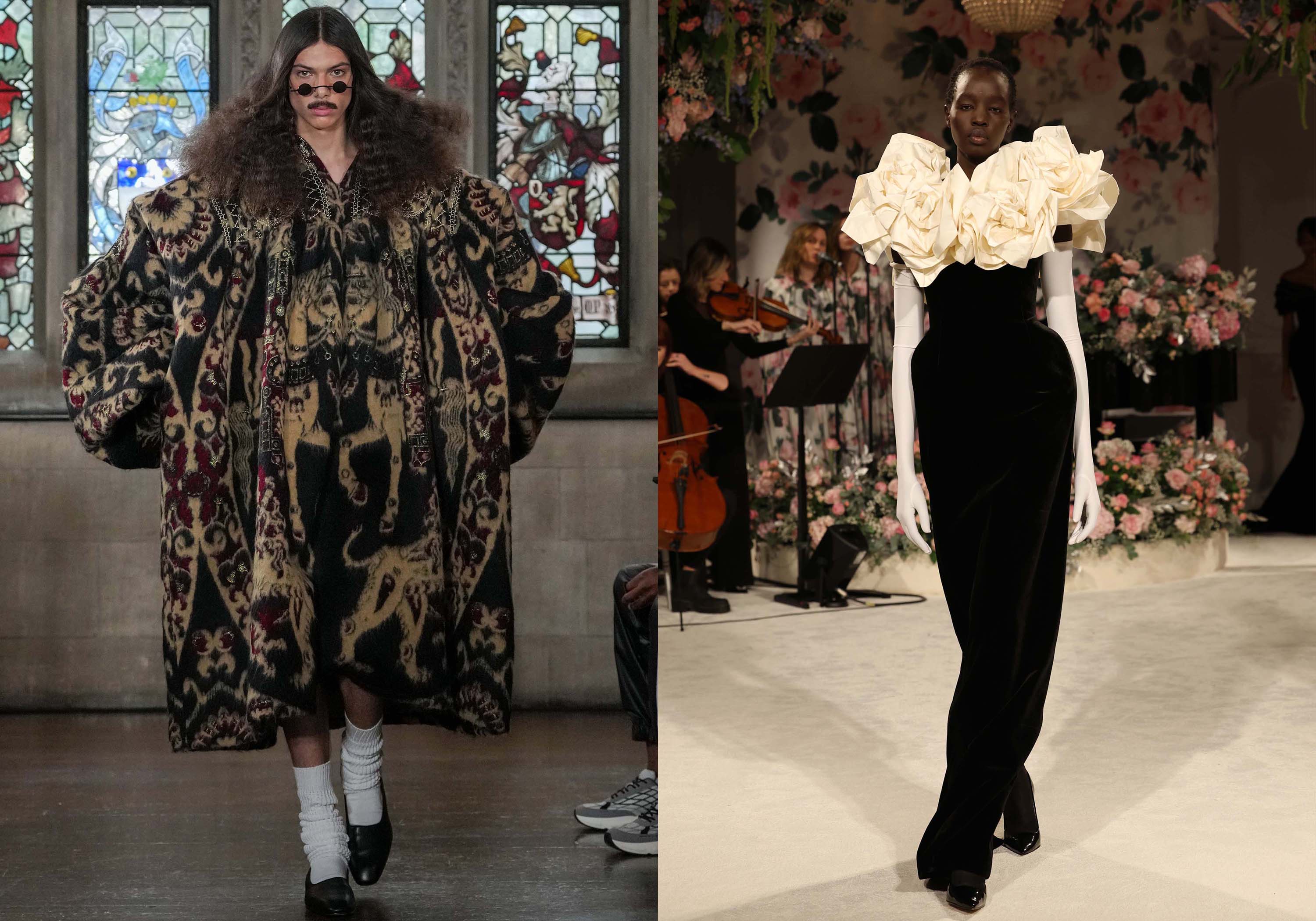
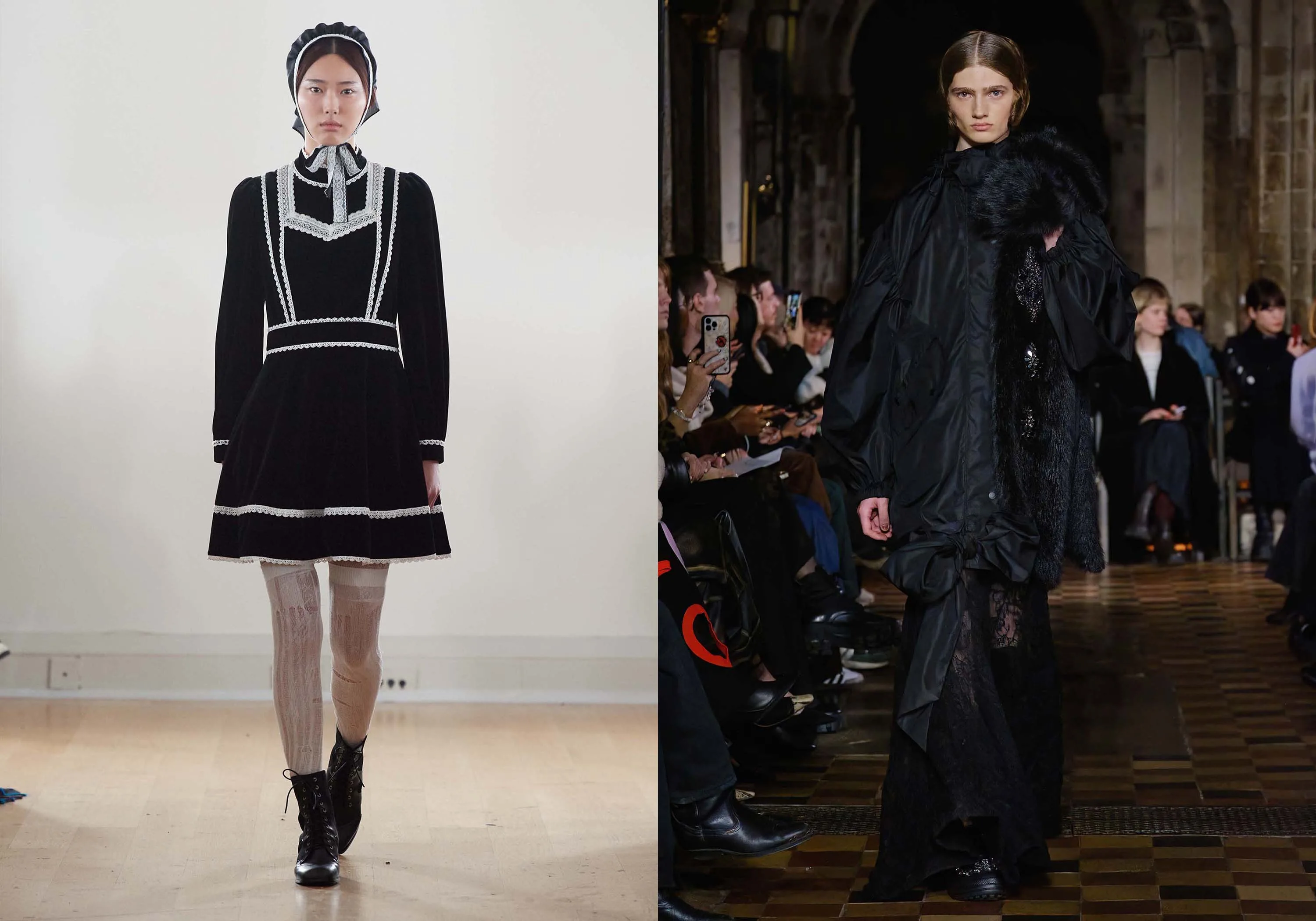
[From Left: Edward Crutchley, Richard Quinn, Bora Aksu, Simone Rocha]
Corset Is
The current passion for revealing, bondage-influenced evening style has launched its own spin-off: the revival of corsets. Scarcely a collection missed out on eyelets and laces lashing the body into shape, often more decorously than let-it-all-peep-out red carpet styles. Young brand Dreaming Eli’s ghostly veiled gowns are corsetry as artwork, shown in a Victorian Gothic church. Side-ribboned corsets form part of Simone Rocha’s whittled-down new silhouette, while Frolov and KNWLS take a tougher streetwise approach.
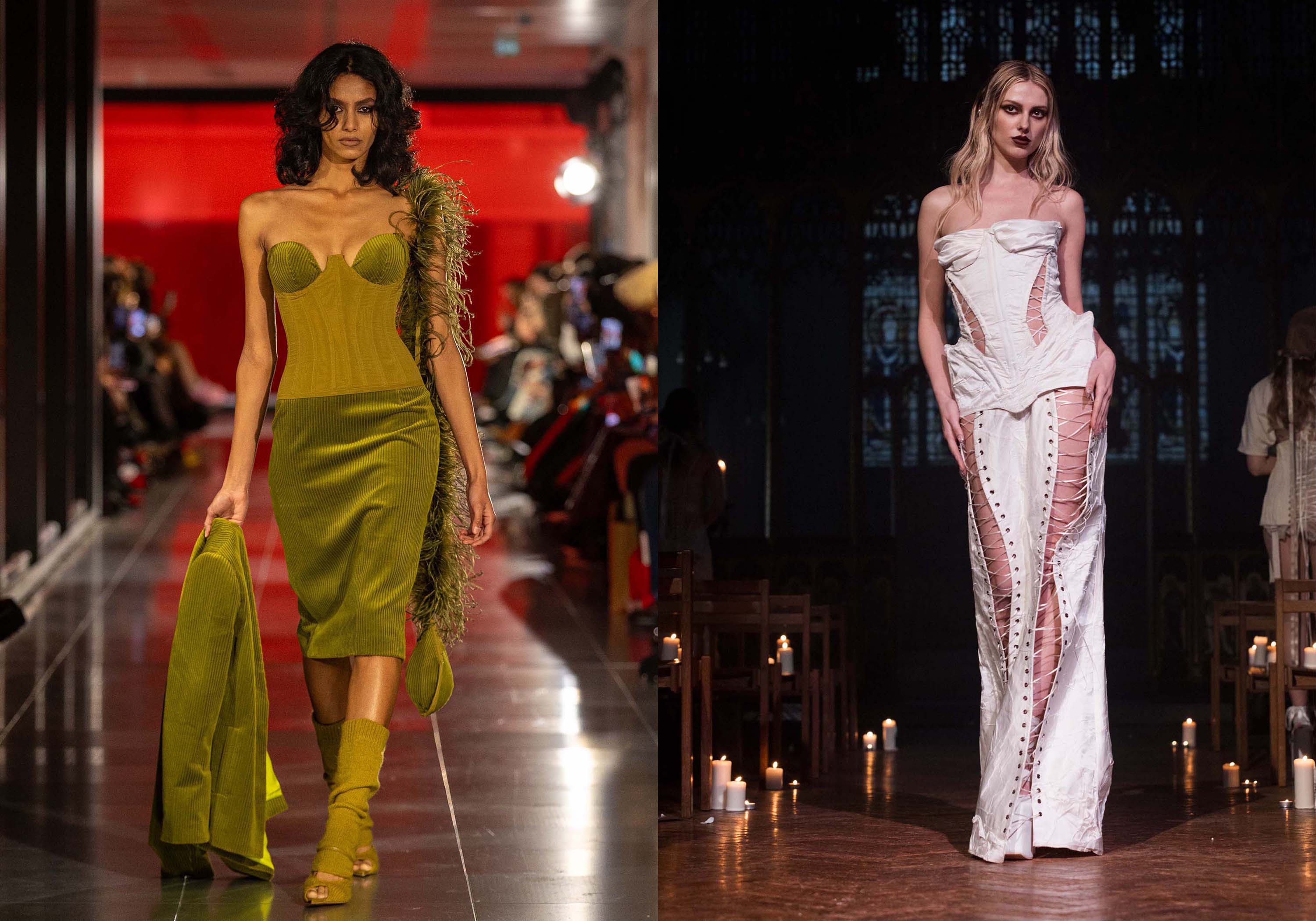
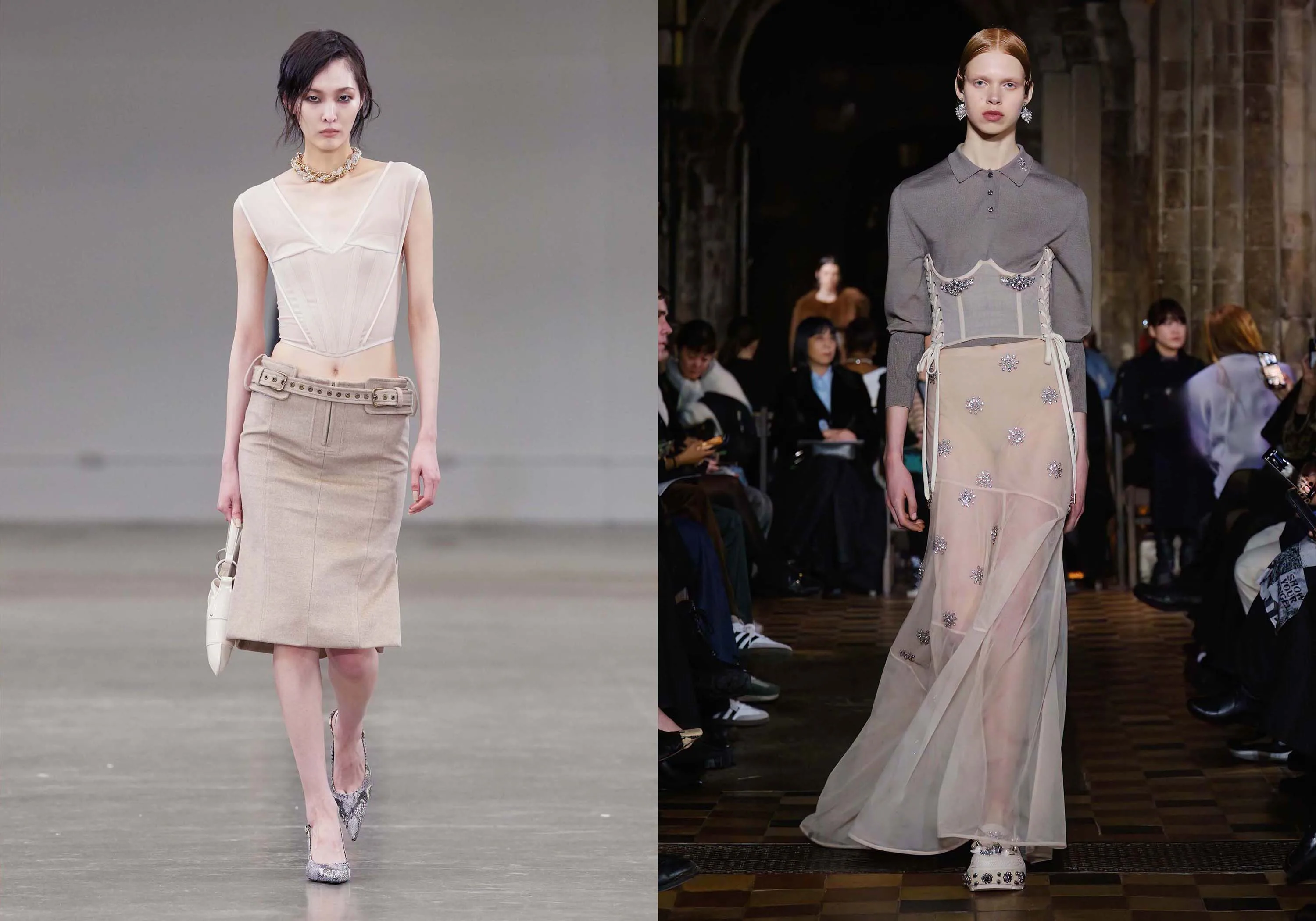
[From Left: Frolov, Dreaming Eli, KNWLS, Simone Rocha]
Performance Art
Patrick McDowell’s musical moment was not the only show offering far more than clothes. Richard Quinn’s models passed by a floral-gowned choral ensemble; Tolu Coker’s smart African versions of trending “corpcore” walked through a Ghanaian market; Completedworks managed to catwalk their jewellery by draping Dame Joanna Lumley in their pearls and getting her to perform a splendidly louche monologue in her inimitable way. For Erdem, the venue was the performance: the controversial Parthenon statues hall at the British Museum highlighted, he said, Callas’s immutable Greekness.
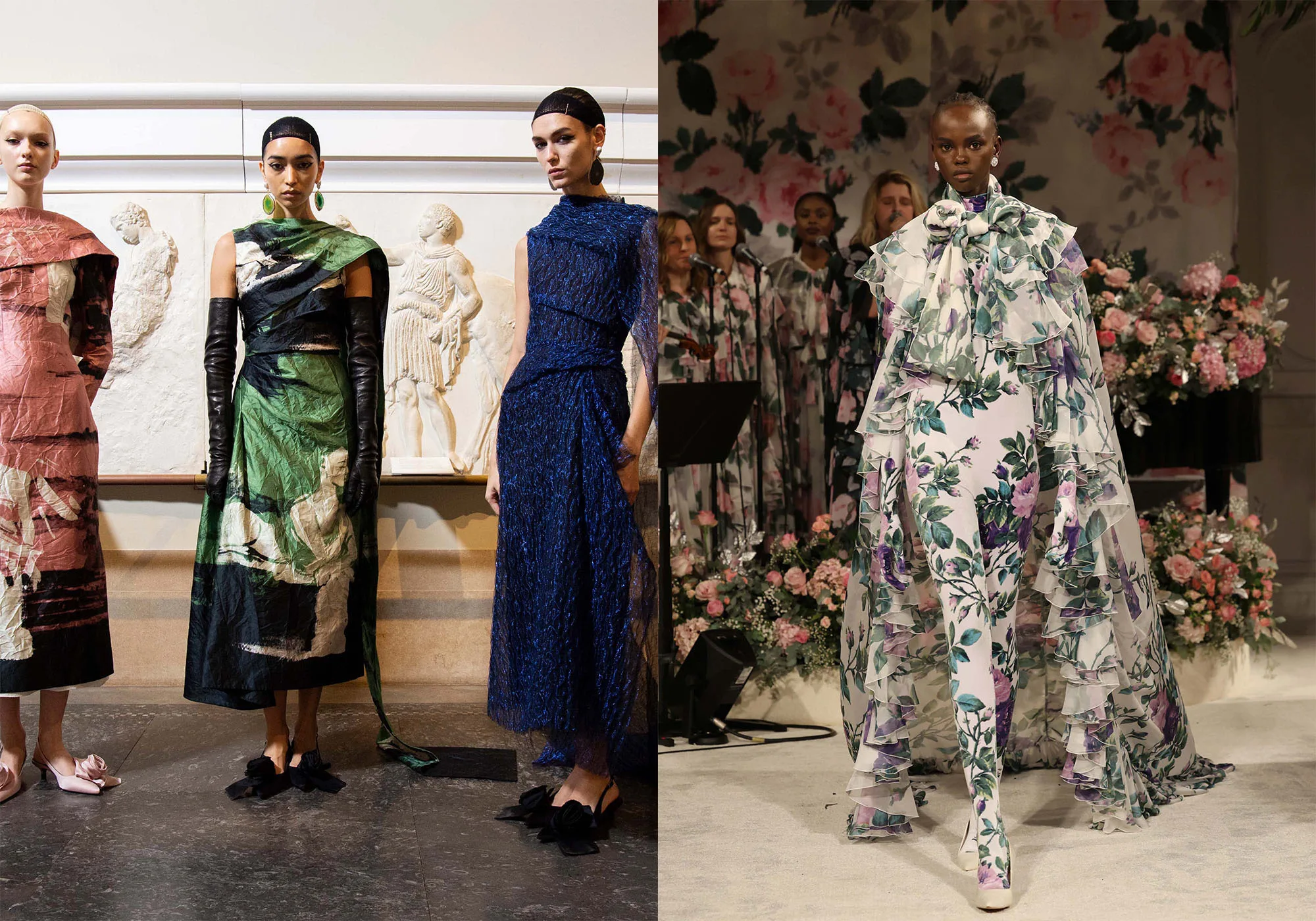
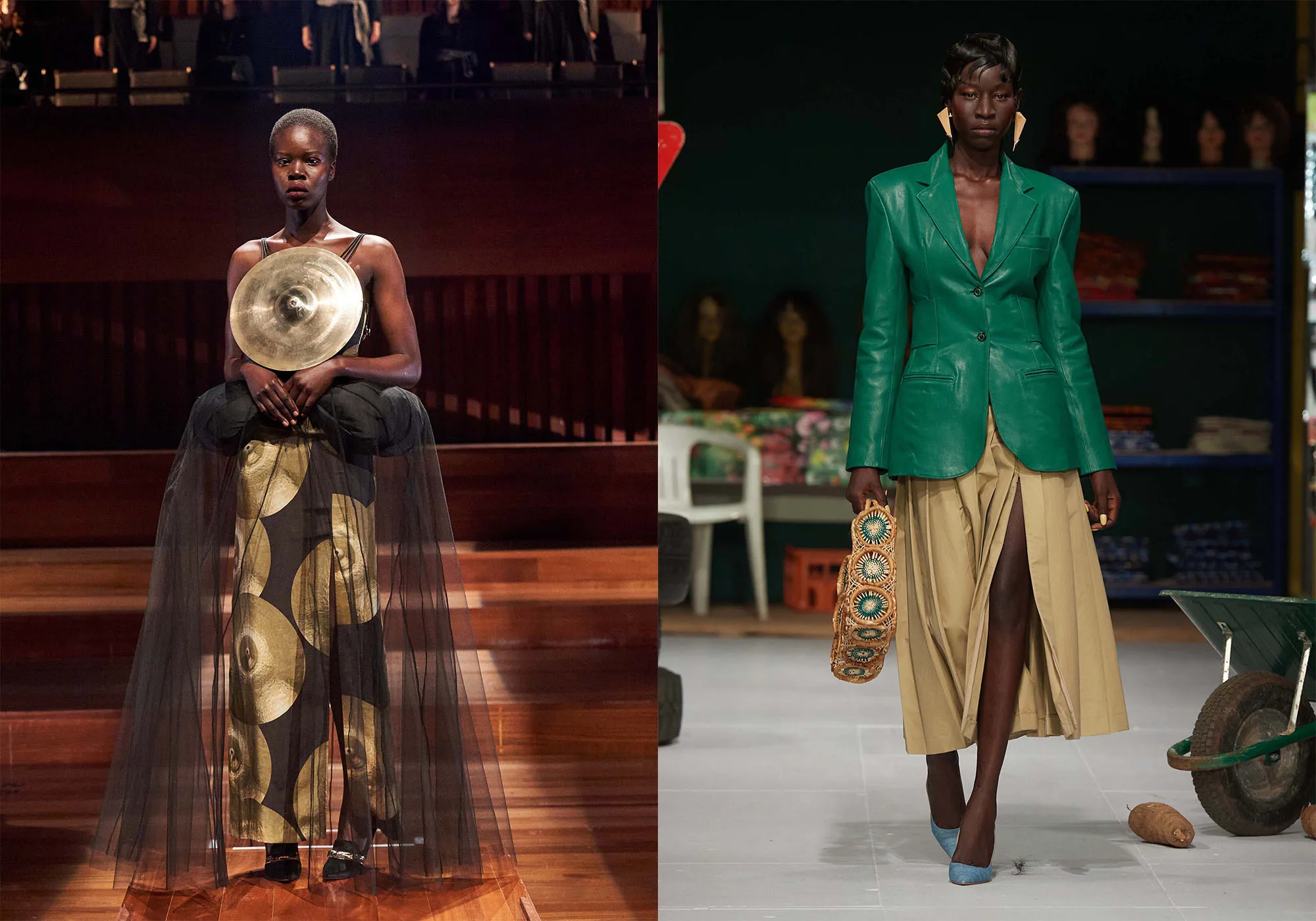
[From Left: ERDEM, Richard Quinn, Patrick McDowell, Tolu Coker]
Black and Red All Over
In such tough times, the continuing tide of black is not surprising, though now it comes balanced with the glow and passion of red. It’s the most emphatic dress colour for Roksanda’s sweeping gown with macramé fringe, Erdem’s elegant 1950s-style floating panel dress, Chet Lo’s spiky, slinky knit slip, or David Koma’s lace and feathers maxi and even Burberry’s check in red. It also arrived in bi-colour or tonal clashes, from geranium to burgundy at Molly Goddard, and in feather-trimmed, satin boudoir shoes at Malone Souliers.
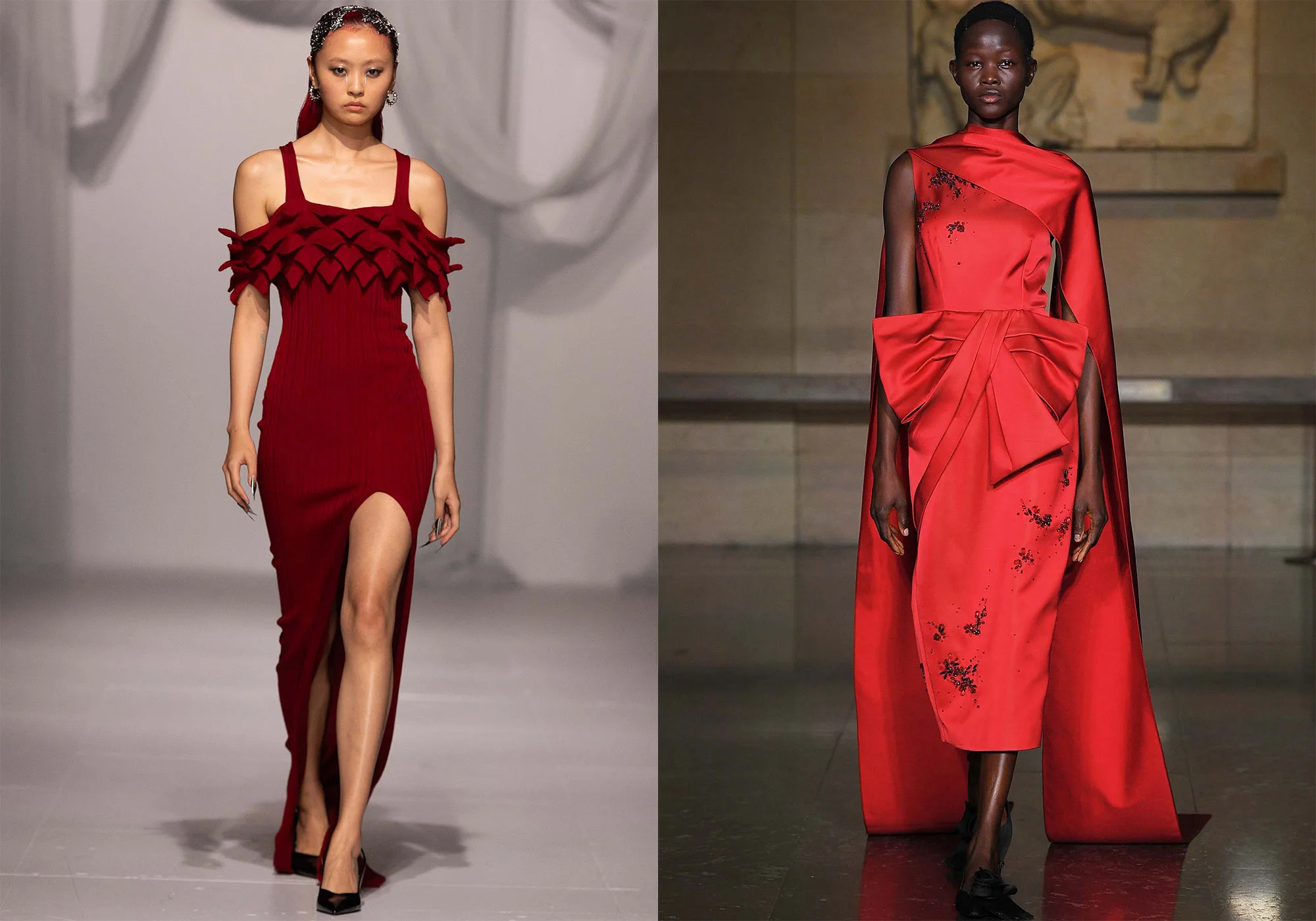
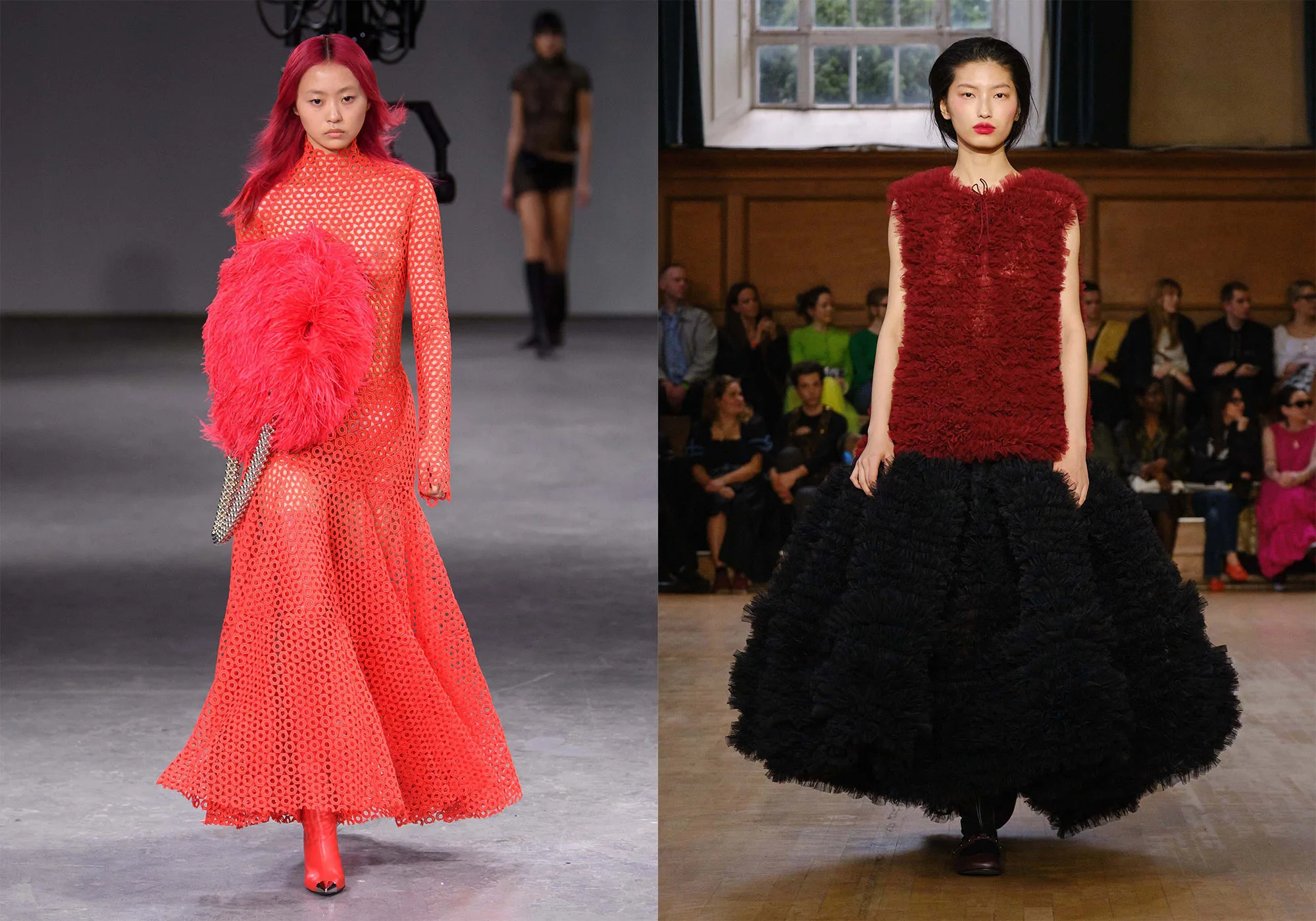
[From Left: Chet Lo, ERDEM, David Koma, Molly Goddard]
Body Claiming
LFW embraces body diversity more enthusiastically than other cities. Body-conscious shapes ride high, with knit specialists like Di Petsa covering a wide size range in all styles, as well as KNWLS’s clingy but covering layers, and Chet Lo as a master of flattery with his confidence-building spike and pleat techniques. Revealing is now believing for conventional sizes, with body-con yet wearable party gear from David Koma, intricate laser cutting and crochet on Edward Crutchley’s hourglass dress, and body-skimming, translucent, tassel-twist slips at JW Anderson.
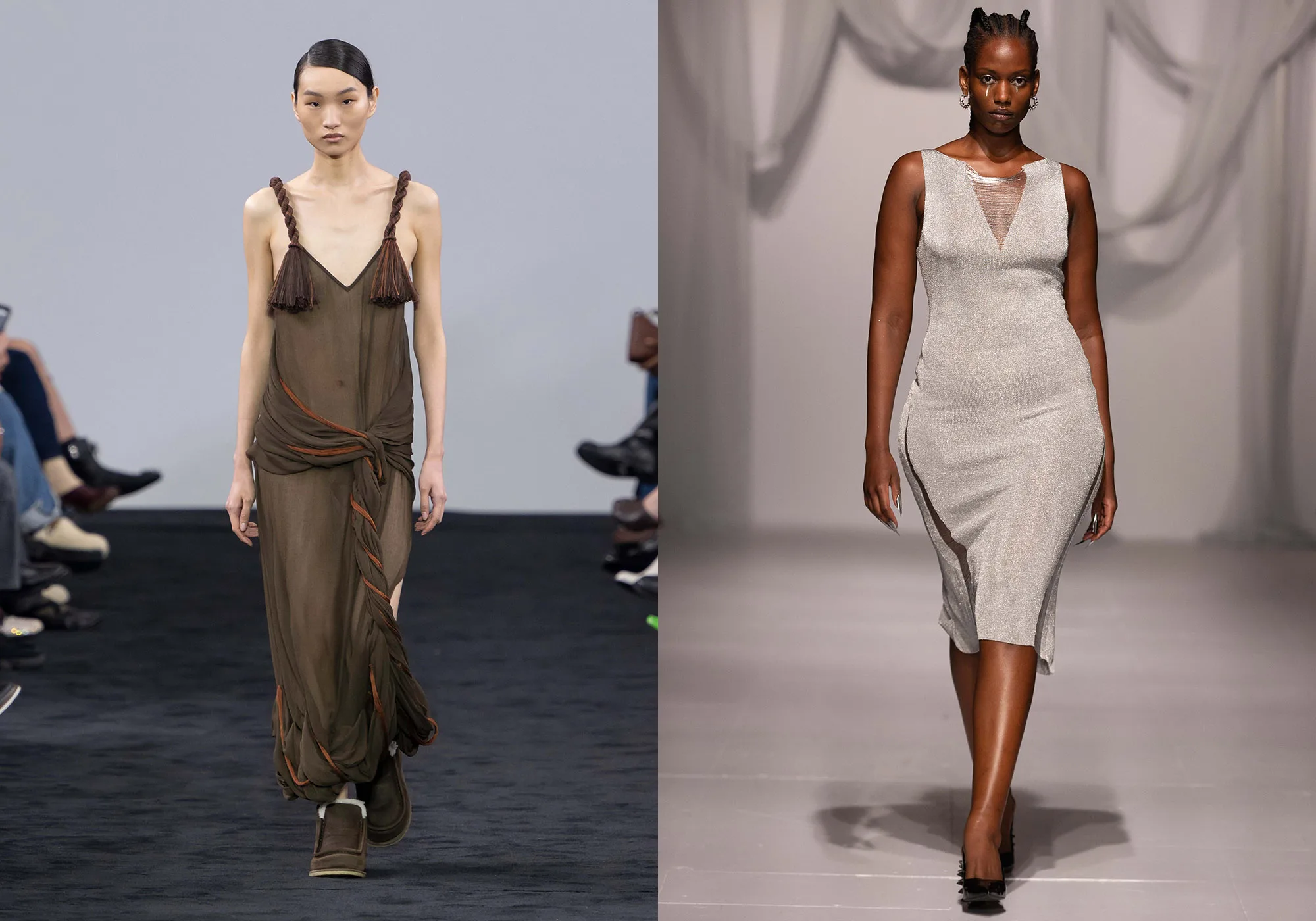
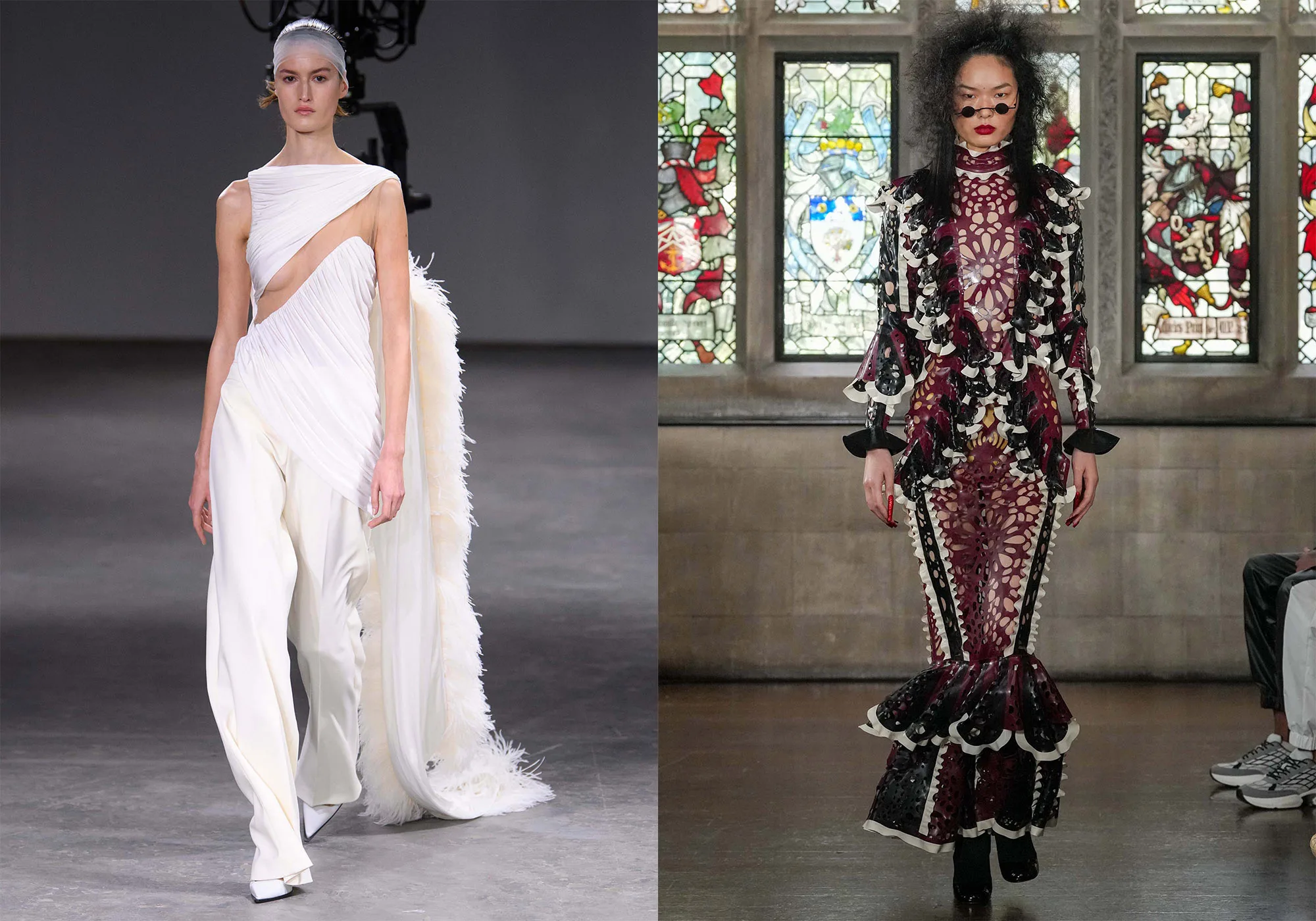
[From Left: JW Anderson, Chet Lo, David Koma, Edward Crutchley]
Grown-Up Streets
How to give the current quiet luxury obsession a bit of life? London designers take it to the streets, like 16Arlington who started with clubwear but now create their essentially laidback shapes in the best fabrics and shiny details – upmarket tinsel this time – or JW Anderson, who differentiates his own range from his über-luxe gig at Loewe with ultra-broad shouldered tailoring or cropped and tight-strapped trench jackets, shown with grey perm wigs jokily riffing on granny chic. Closing LFW, Burberry’s Daniel Lee got his closest so far to the brand’s soul – trenches in numbers, lots of country khaki – but layered it with vast parkas and hoodies, plus punky details like baggy trousers with knee-zips (opening optional) or zip-edged frills that look pretty rather than threatening. Though it still needs a definitive It bag to drive sales, rather than a pricey umbrella.
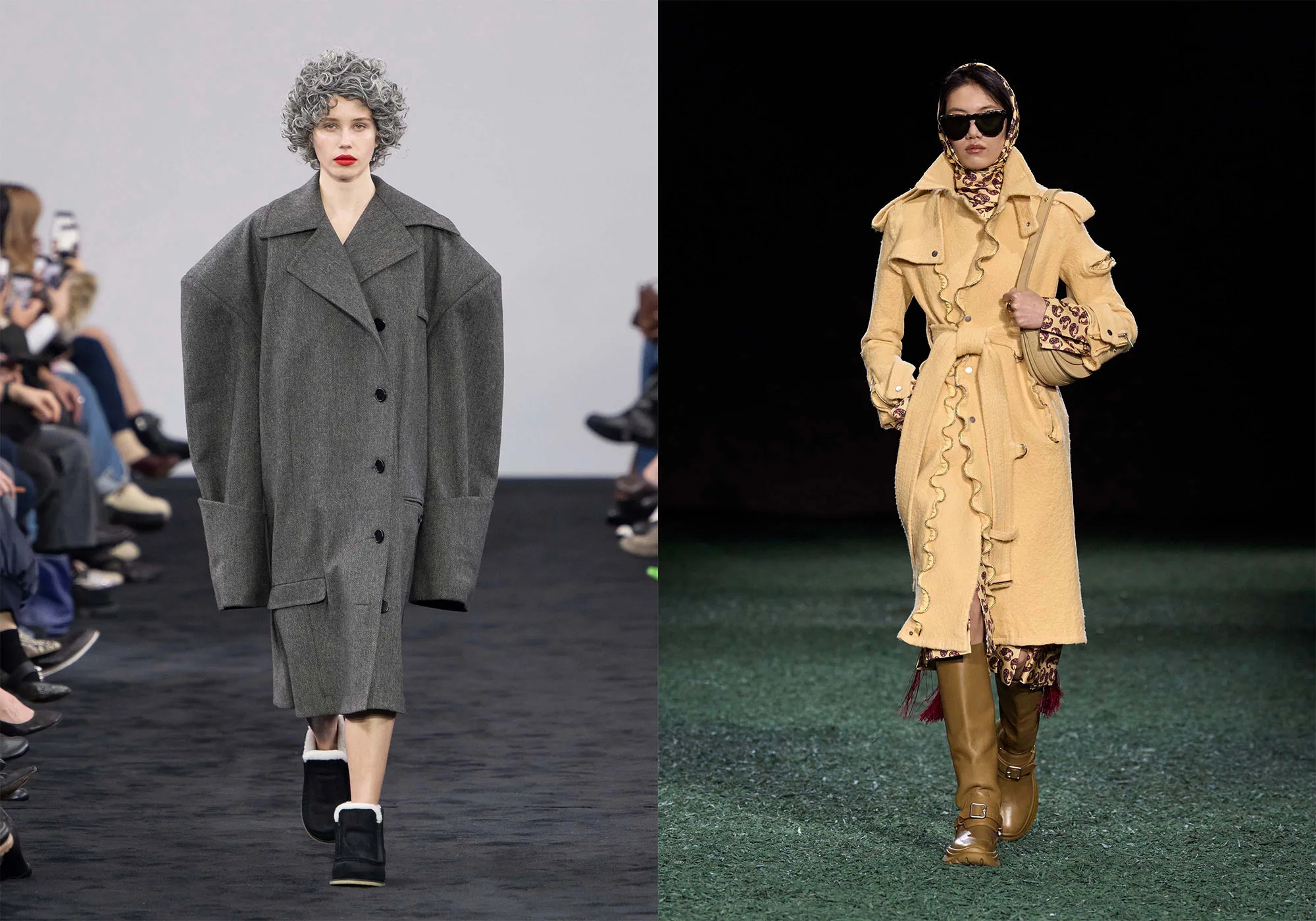
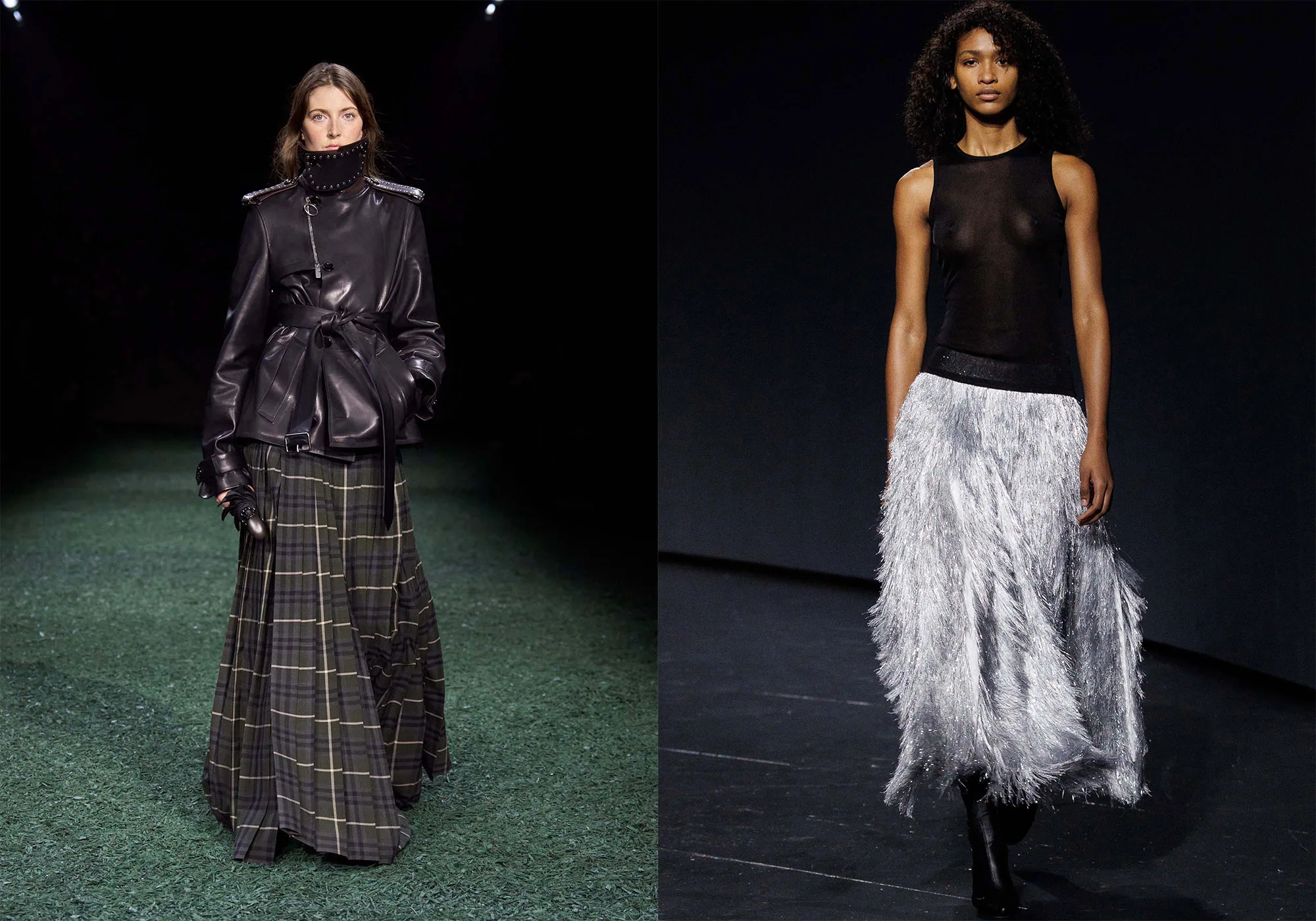
[From Left: JW Anderson, Burberry, Burberry, 16Arlington]

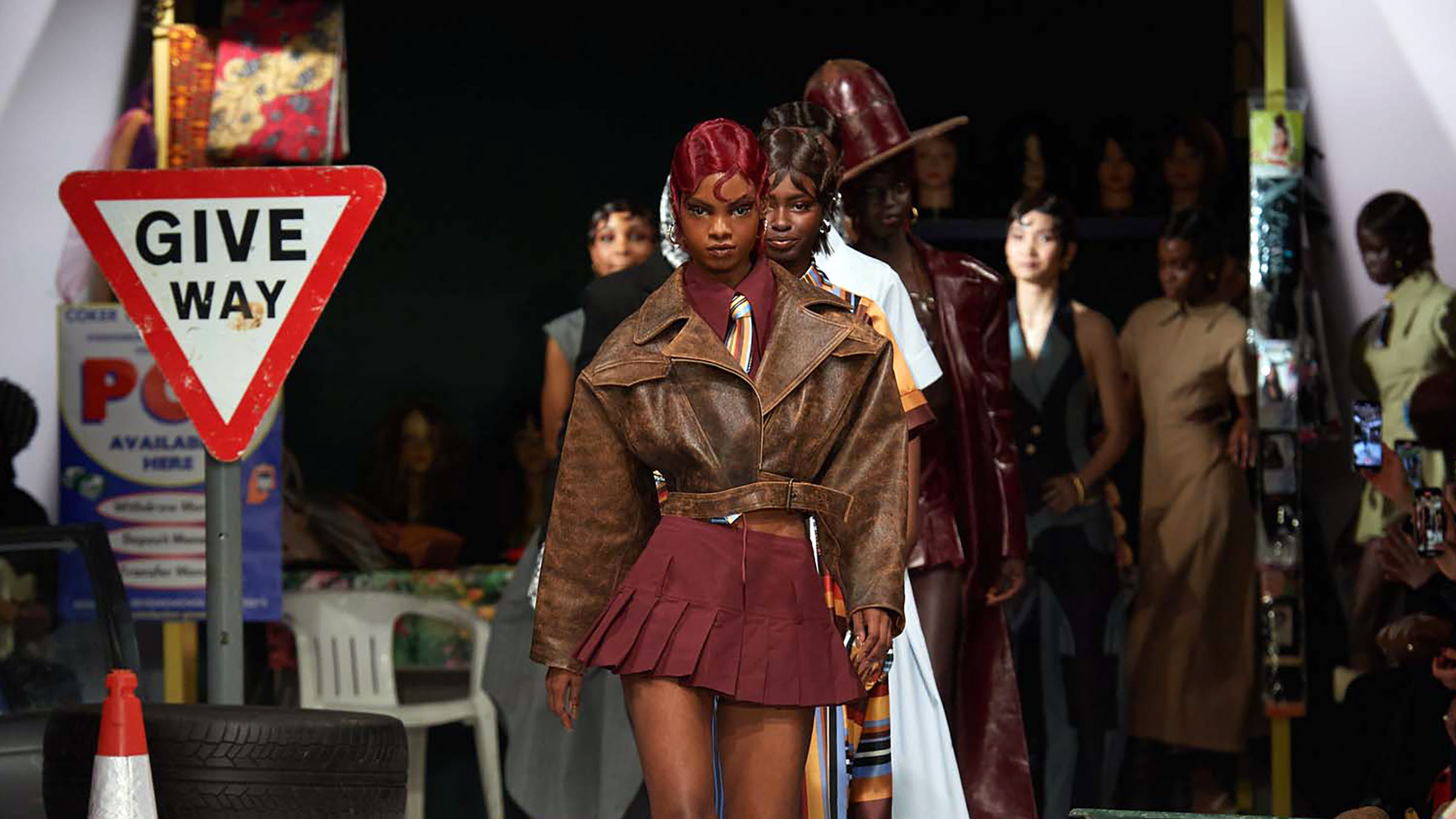
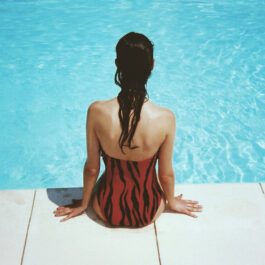
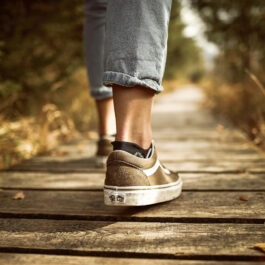
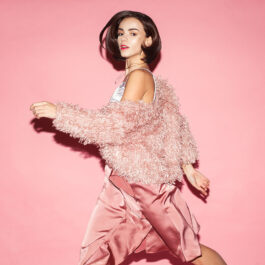
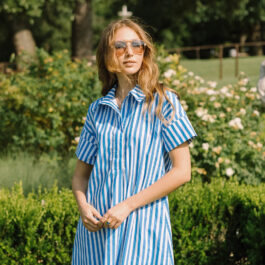
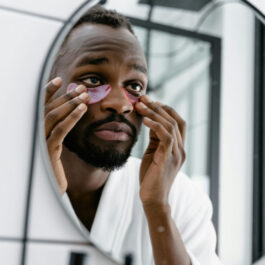
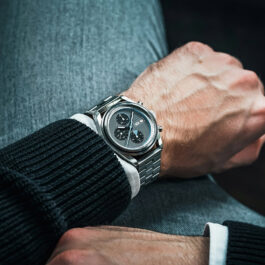
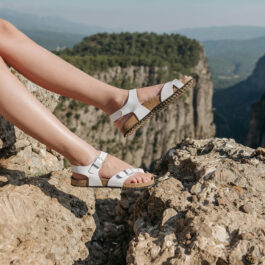
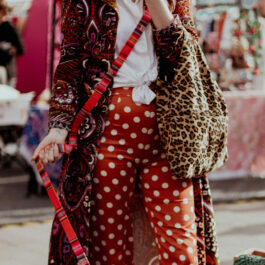
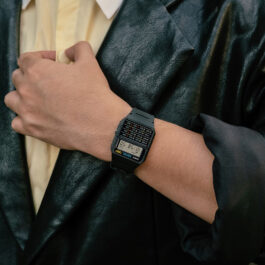
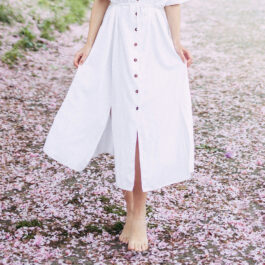
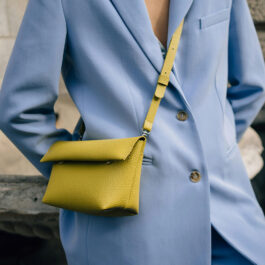
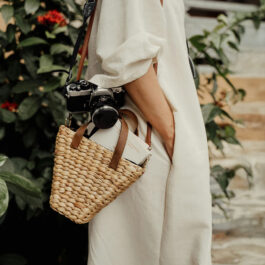
Sorry, the comment form is closed at this time.